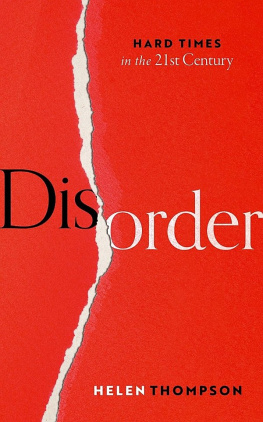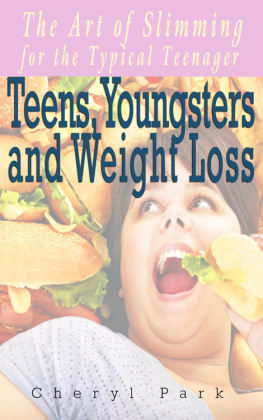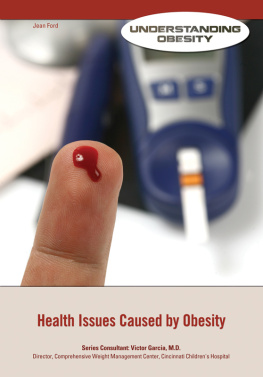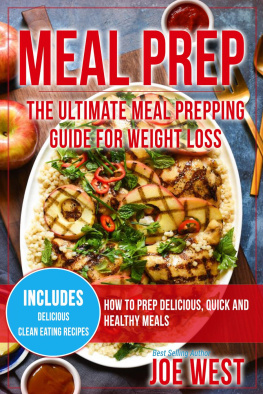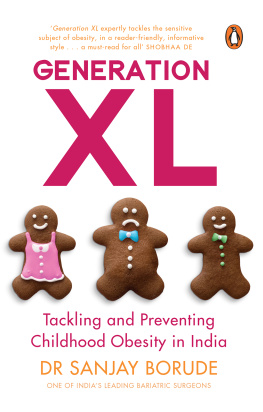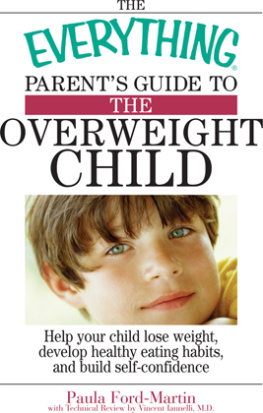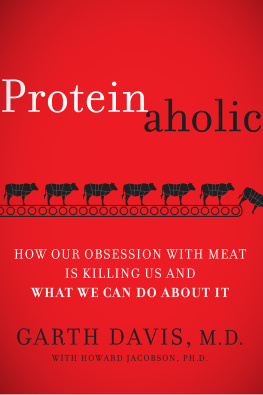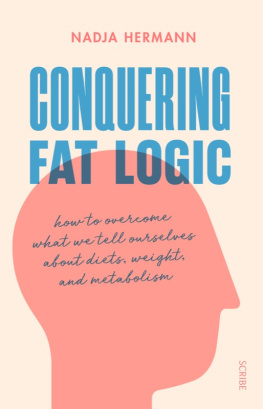WEIGHTED DOWN
WHEN BEING OVERWEIGHT MAKES YOU SICK
OBESITY & KIDS
BIGGER ISNT ALWAYS BETTER: CHOOSING YOUR PORTIONS
COOKIES OR CARROTS? YOU ARE WHAT YOU EAT
WEIGHTED DOWN: WHEN BEING OVERWEIGHT MAKES YOU SICK
GETTING STRONGER, GETTING FIT: THE IMPORTANCE OF EXERCISE
THE TRUTH ABOUT DIETS: WHATS RIGHT FOR YOU?
TIRED OF BEING TEASED: OBESITY AND OTHERS
DOES TELEVISION MAKE YOU FAT? LIFESTYLE AND OBESITY
TOO MANY SUNDAY DINNERS: FAMILY AND DIET
I EAT WHEN IM SAD: FOOD AND FEELINGS
AT HOME IN YOUR BODY: CLOTHES AND CARE FOR THE SHAPE YOURE IN
WEIGHTED DOWN
WHEN BEING OVERWEIGHT MAKES YOU SICK
BY HELEN THOMPSON
Copyright 2011 by Mason Crest Publishers. All rights reserved. No part of this publication may be reproduced or transmitted in any form or by any means, electronic or mechanical, including photocopying, recording, taping, or any information storage and retrieval system, without permission from the publisher.
MASON CREST PUBLISHERS INC.
370 Reed Road
Broomall, Pennsylvania 19008
(866)MCP-BOOK (toll free)
www.masoncrest.com
First Printing
9 8 7 6 5 4 3 2 1
to come
Design by Wendy Arakawa.
Produced by Harding House Publishing Service, Inc.
www.hardinghousepages.com
Cover design by Torque Advertising and Design.
Printed in USA by Bang Printing.
The creators of this book have made every effort to provide accurate information, but it should not be used as a substitute for the help and services of trained professionals.
CONTENTS
We as a society often reserve our harshest criticism for those conditions we understand the least. Such is the case for obesity. Obesity is a chronic and often-fatal disease that accounts for 400,000 deaths each year. It is second only to smoking as a cause of premature death in the United States. People suffering from obesity need understanding, support, and medical assistance. Yet what they often receive is scorn.
Today, children are the fastest growing segment of the obese population in the United States. This constitutes a public health crisis of enormous proportions. Living with childhood obesity affects self-esteem, which down the road can affect employment and attainment of higher education. But childhood obesity is much more than a social stigma. It has serious health consequences.
Childhood obesity increases the risk for poor health in adulthoodbut also even during childhood. Depression, diabetes, asthma, gallstones, orthopedic diseases, and other obesity-related conditions are all on the rise in children. Recent estimates suggest that 30 to 50 percent of children born in 2000 will develop type 2 diabetes mellitus, a leading cause of preventable blindness, kidney failure, heart disease, stroke, and amputations. Obesity is undoubtedly the most pressing nutritional disorder among young people today.
If we are to reverse obesitys current trend, there must be family, community, and national objectives promoting healthy eating and exercise. As a nation, we must demand broad-based public-health initiatives to limit TV watching, curtail junk food advertising toward children, and promote physical activity. More than rhetoric, these need to be our rallying cry. Anything short of this will eventually fail, and within our lifetime obesity will become the leading cause of death in the United States if not in the world. This series is an excellent first step in battling the obesity crisis by educating young children about the risks, the realities, and what they can do to build healthy lifestyles right now.
Did you know that people all over the globe are getting fatter? There are more than a billion adults around the world who are overweight . At least 300 million of them are obese .
But its not just grownups who are overweight and obese. More and more children are overweight too, even very young children. Around the world, at least 42 million children who are younger than five are overweight. In the United States, 15 percent of all children between the ages of six and eleven are overweight. That means that if you had 100 children in a room, chances are 15 of them would be overweight. And if you were to put 100 kids who were between the ages of twelve and nineteen all in one room, youd be likely to find that 18 of them (18 percent) would be overweight. Then, if you put 100 grownups together, 67 of them would be overweight or obese. Thats more than two-thirds of all grownups!

If youre overweight, youre not alonelots of kids around the world have this problem, as well as millions of adults.
WHAT CAUSES OBESITY?
Youve probably heard people talk about calories. Sometimes it may sound as though calories are bad things. After all, commercials are always making low-calorie foods sound as though theyre healthier, and people who are on a diet will often count calories. Its true that too many calories can make us fatbut we also need calories.
Calories are a way to measure whats in the food we eat. We use inches and feet (or centimeters and meters) to measure how long or tall something is; we use pints and quarts (or liters) to measure liquids like milk and sodaand we use calories to measure how much energy is in a certain food.
Each one of us needs a certain amount of calories every day to be healthy and have the energy we need for all the things we do in a day. Even sitting still takes a certain number of calories, but the more active we are, the more calories we need. People who are bigger, more active, or who are growing usually need more calories than smaller people, people who dont move around very much, and people who arent growing.
Whats the difference between being overweight and being obese? Both words mean that a person has too much body fat, so much so that its a health risk. But a person who is obese has much more fat than a person who is overweight, and the health risks are greater as well.
What is energy? Energy is the ability to be active, the power it takes to move your body.

When we eat more calories than we need, our bodies store the extra energy as fat. Long ago, our ancestors went through times when they had plenty of food, followed by times when food was scarcer. Their bodies stores of fat helped them get through the times when they had less food. Today, though, many times our bodies just keep storing more and more fat that never needs to be used. When that happens, we end up being overweight or obese.

Long ago, humans burned off any fat they stored just by surviving!
To get rid of these extra stores of fat, we need to do one of two things: take in fewer calories, forcing our bodies to use up the stored energy in our fator use up more calories by exercising more, which will also make our bodies use up the fat weve stored.
HOW DO YOU KNOW IF YOURE OVERWEIGHT?
Experts have figured out a way to help you know if you are in the healthy weight range for your height. Its called the body mass index or BMI. The BMI formula uses height and weight to come up with a BMI number. Though the formula is the same for adults and children, figuring out what the BMI number means is a little more complicated for kids. For children, BMI is plotted on a growth chart that tells whether a child is underweight, healthy weight, overweight, or obese. Different BMI charts are used for boys and girls who are younger than twenty, because the amount of body fat differs between boys and girls. Also, the amount of body fat that is healthy is different, depending on whether youre a toddler or a teenager.


